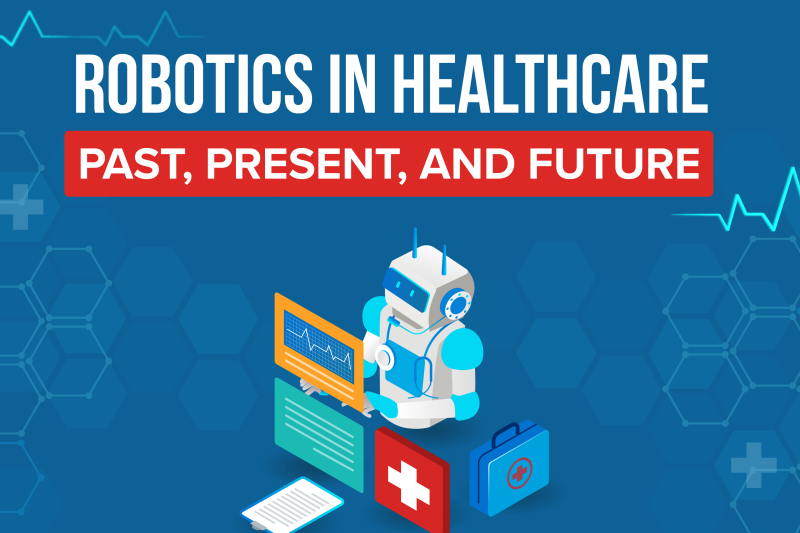
How Robots Revolutionized the Medical Industry
The medical industry is constantly evolving and advancing with the emergence of new technologies. One of the most significant advancements in recent years is the integration of robotics into the medical field. Robots have revolutionized the way surgeries are performed, diagnoses are made, and patients are treated. In this article, we will explore the various ways robots are used in the medical field and how they are changing the face of healthcare.
The Role of Robotics in Surgery
Robotic surgery, also known as robot-assisted surgery, is a type of minimally invasive surgery that utilizes robotic systems to perform surgical procedures. These systems are controlled by a surgeon who operates a console that is located a few feet away from the patient. The console displays a 3D image of the surgical site, allowing the surgeon to make precise movements with the robotic arms.
Robotic surgery has numerous benefits over traditional surgery, including smaller incisions, less blood loss, shorter hospital stays, and faster recovery times. Additionally, robotic surgery allows for greater precision and control, reducing the risk of complications during surgery. Some of the most common robotic surgeries include prostatectomies, hysterectomies, and heart surgeries.
Diagnosing and Treating Illnesses with Robotics
In addition to surgery, robots are also being used to diagnose and treat illnesses. For example, robots are used to perform endoscopies, which are procedures that allow doctors to examine the inside of a patient’s body. Endoscopes are equipped with cameras that transmit images to a screen, allowing doctors to see inside the patient’s body without making any incisions.
Robots are also used to deliver medication to specific areas of the body. This is particularly useful in the treatment of cancer, where targeted therapies can deliver drugs directly to cancerous cells while minimizing damage to healthy cells. Additionally, robots are being used to develop new treatments for diseases by performing high-throughput screening, a process that allows researchers to test thousands of potential drugs at once.
The Future of Robotics in Healthcare
The future of robotics in healthcare is promising, with continued advancements in technology and research. One area that is seeing significant growth is the use of artificial intelligence (AI) in healthcare. AI can analyze vast amounts of data to help doctors make more informed decisions about patient care.
Another area of growth is the development of nanorobots, which are tiny robots that can be injected into a patient’s body to perform various tasks. For example, nanorobots could be used to repair damaged tissues or deliver drugs to specific areas of the body.
Conclusion
Robots have brought about significant changes in the medical industry, improving patient outcomes and providing doctors with greater precision and control. The use of robotics in surgery has transformed the way surgeries are performed and has led to faster recovery times and fewer complications. Additionally, robots are being used to diagnose and treat illnesses, and the future of robotics in healthcare looks bright with continued advancements in technology and research.
Email- contact@devopsschool.com

 Starting: 1st of Every Month
Starting: 1st of Every Month  +91 8409492687
+91 8409492687  Contact@DevOpsSchool.com
Contact@DevOpsSchool.com
